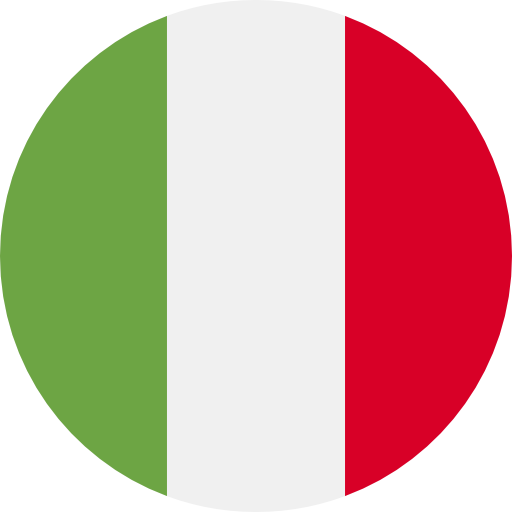


115 ore
in blocco
Tecnologie energetiche



Water masses properties, chemical signatures and biological processes in coastal marine environment
Adequate quality and reliability of potable water supply are required not only for human life but also for industries and agriculture. A variety of pumping techniques are available to meet the water demand. In terms of mechanical power (i.e. non-hand operated pumps) the most common type of the pump is either the A.C. pump (run by using main electricity) or the diesel pump. It is true that such pumps are technologically well understood, able to be transported at modest cost, relatively easy to install, etc. but the main problem associated with such units is their use in the far remote villages where there is little surface water and no electricity or fuel available for pumping water from boreholes. It is therefore in this context that to meet the growing world-wide water supply demand, especially in the remote areas, efforts should be made to design pumping system run by power, available locally, such as solar energy, wind energy, biogas, etc. Amongst different terrestrial applications of solar energy, use of photovoltaic technology for water pumping is of particular importance. No doubt, PV water pumping systems are now technically viable all over the world but the fact remains that there is generally a gap between the conception of a technological or scientific innovation and its actual implementation in the filed. Therefore, it is felt that there is a need to further understand the characteristics of various types of PV water pumping systems and, finally, establish an easy to use design methodology, a logical step-by-step procedure for sizing a photovoltaic water pumping system.
Docenti: Maurizio Ribera D'alcalà
Obiettivo formativo: The main objective of the lesson is to review the various photovoltaic water pumping systems to be Used at low to medium pumping head, present characteristics of principal components and provide Necessary guidelines concerning photovoltaic pumping system sizing in order to establish an easy to use design methodology. Conoscenze richieste: Adequate quality and reliability of potable water supply are required not only for human life but also for industries and agriculture. A variety of pumping techniques are available to meet the water demand. In terms of mechanical power (i.e. non-hand operated pumps) the most common type of the pump is either the A.C. pump (run by using main electricity) or the diesel pump. It is true that such pumps are technologically well understood, able to be transported at modest cost, relatively easy to install, etc. but the main problem associated with such units is their use in the far remote villages where there is little surface water and no electricity or fuel available for pumping water from boreholes. It is therefore in this context that to meet the growing world-wide water supply demand, especially in the remote areas, efforts should be made to design pumping system run by power, available locally, such as solar energy, wind energy, biogas, etc. Amongst different terrestrial applications of solar energy, use of photovoltaic technology for water pumping is of particular importance. No doubt, PV water pumping systems are now technically viable all over the world but the fact remains that there is generally a gap between the conception of a technological or scientific innovation and its actual implementation in the filed. Therefore, it is felt that there is a need to further understand the characteristics of various types of PV water pumping systems and, finally, establish an easy to use design methodology, a logical step-by-step procedure for sizing a photovoltaic water pumping system. Tempi occorrenti: 1 hour and 15 minutes Progetto: ODL ACCEDI





